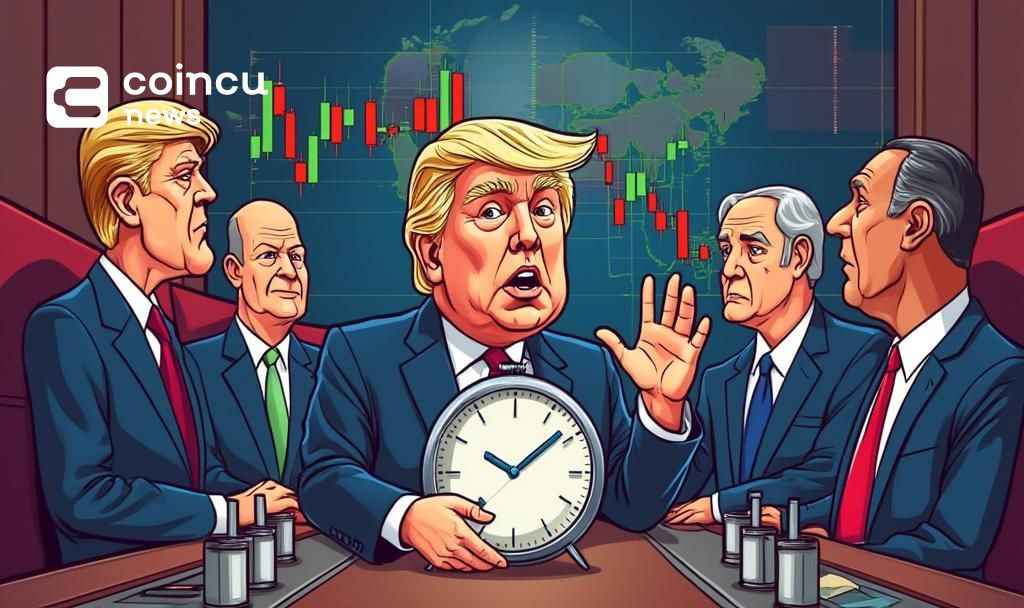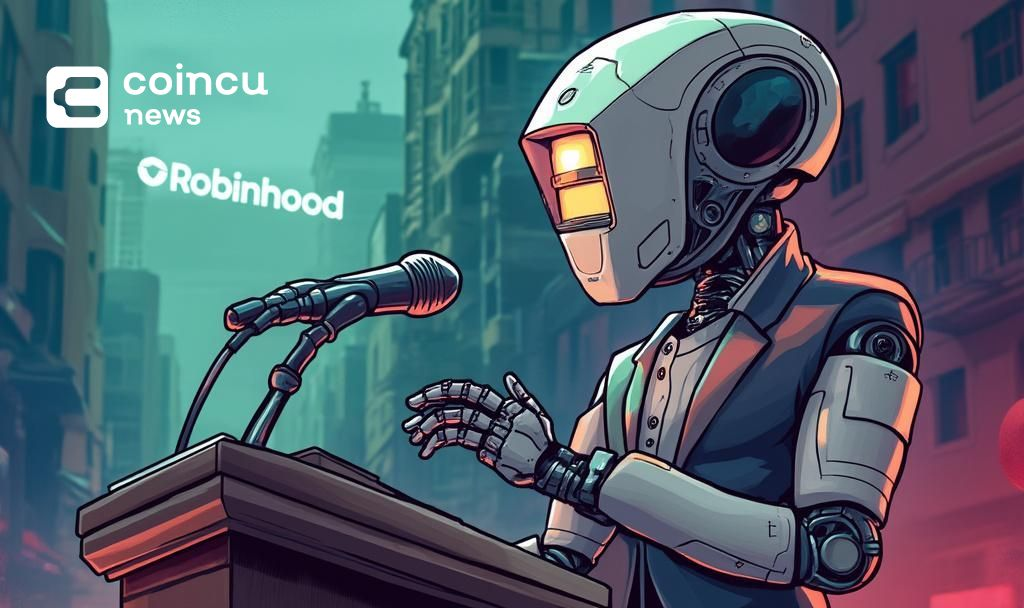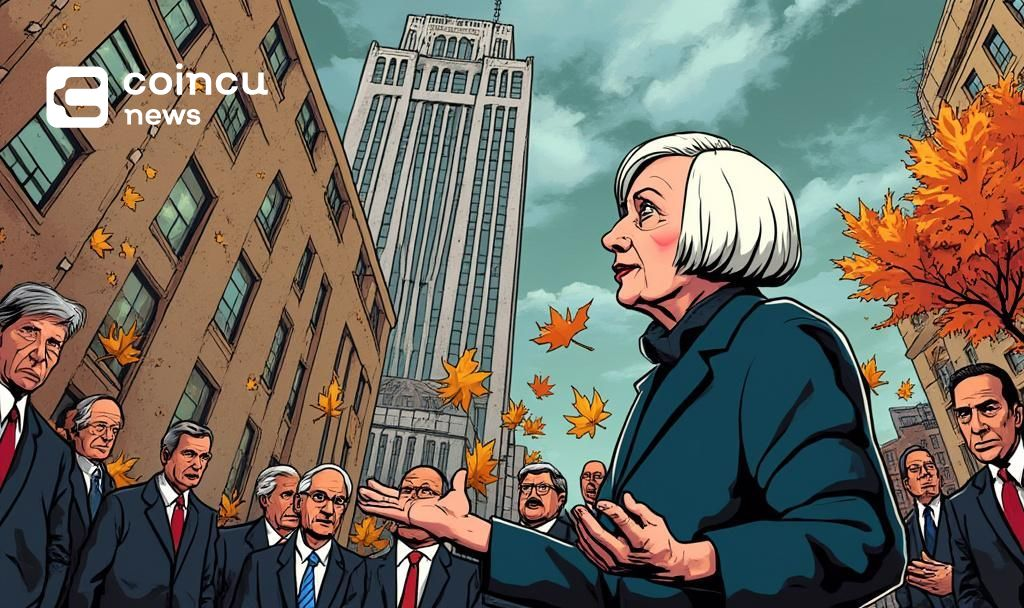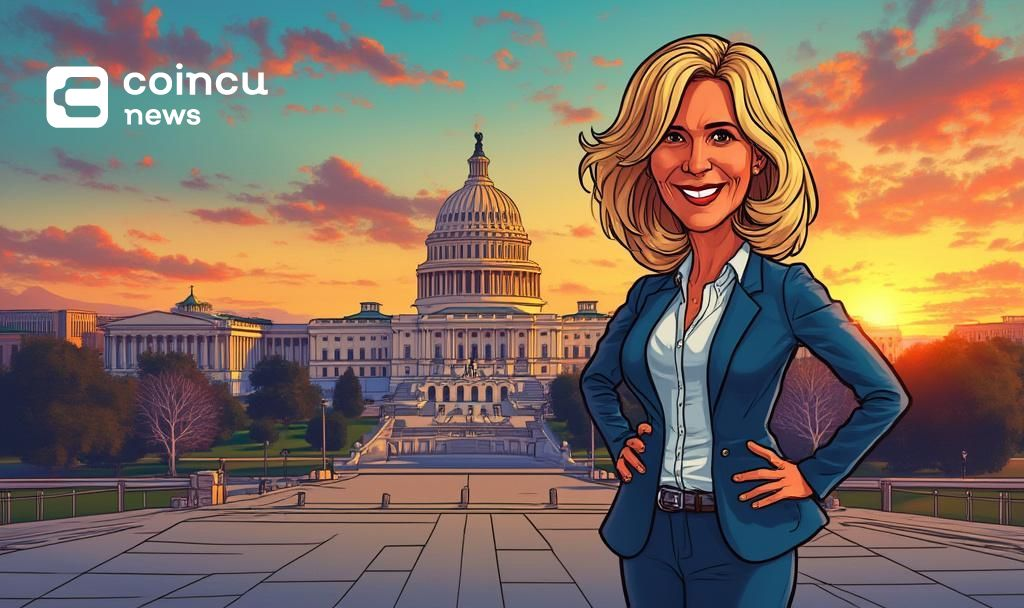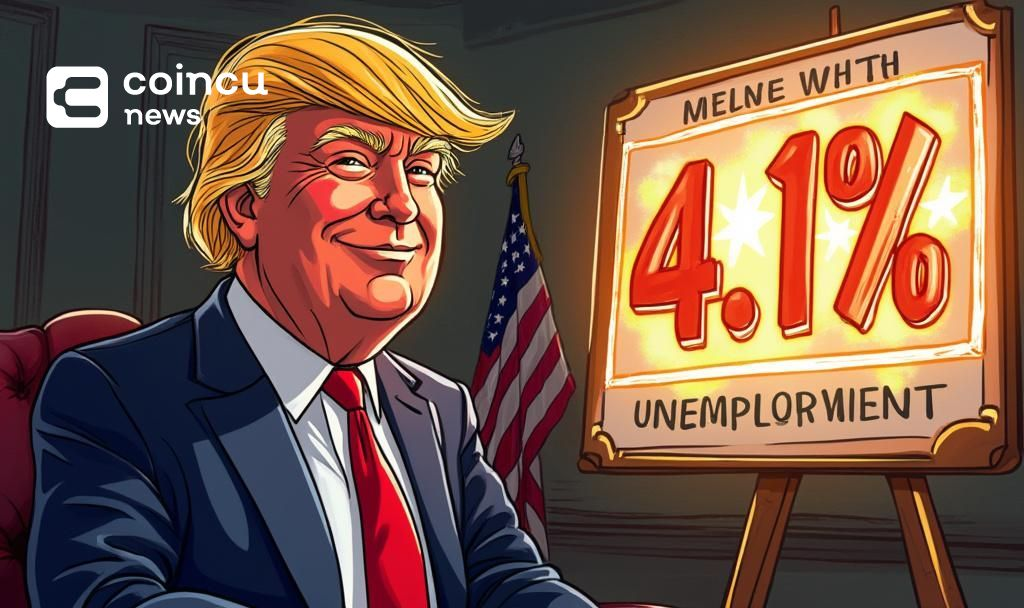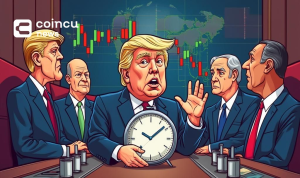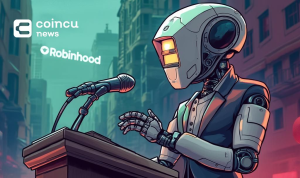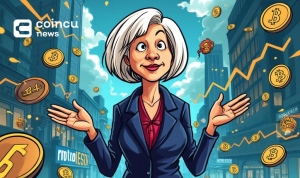$109627.986
At CoinCu News, we give both basic and in-depth articles on the latest news in the cryptocurrency and blockchain sectors.
John Kojo Kumi is a cryptocurrency researcher and writer specializing in emerging startups, tokenomics, and market dynamics within the blockchain ecosystem. With years of experience in crypto journalism and blockchain research, he provides in-depth coverage of decentralized finance (DeFi), NFTs, and Web3 innovations.
He holds a Bachelor of Arts in Geography and Rural Development from Kwame Nkrumah University of Science and Technology, Kumasi, bringing a multidisciplinary perspective to the evolving digital asset space. As a Crypto News Writer, he tracks and reports on industry trends, while his role as a Registrar at the Commission on Human Rights and Administrative Justice reflects his commitment to governance and transparency.
His expertise spans content strategy, SEO optimization, and technical research, enabling him to craft insightful, data-driven analyses. Passionate about blockchain’s transformative potential, he strives to equip readers with the knowledge to navigate the complexities of digital assets and decentralized technologies.
News
Trump Considers Extending Trade Talks Amid Tariff Uncertainty
Trump might extend trade deadline beyond July 9, impacting global tariffs and negotiations.
Jul
OpenAI Denies Robinhood Partnership; Stocks Drop
OpenAI refutes Robinhood token involvement, impacting Robinhood's stock as crypto market watches.
Jul
Yellen Suggests Federal Reserve Chair Candidates; Work Begins This Fall
U.S. Treasury Secretary Janet Yellen hints at candidates for Federal Reserve Chair, with selection starting
Jul
U.S. Senator Lummis Introduces Digital Asset Tax Bill
Senator Lummis proposes a digital asset tax reform bill to enhance the crypto industry's competitive
Jul
U.S. Economic Data Surpasses Expectations with Lower Unemployment Rate
U.S. President Trump hails unexpected unemployment drop to 4.1%, boosting economic sentiment.
Jul
Stablecoin Legislation May Boost Crypto Industry to Trillions
Bo Hines discusses stablecoin legislation’s potential to grow the crypto industry to a $15-$20 trillion
Jul
No Official Confirmation on Binance’s 28th TGE Featuring Palio
Unverified claims circulate about Binance's 28th TGE for Palio. Official confirmation remains pending.
Jul
IMF Rejects Pakistan’s Crypto Mining Electricity Plan
IMF rejects Pakistan's subsidized electricity plan for crypto mining, citing potential grid strain.
Jul
Pomerantz LLP Files Lawsuit Against Strategy Company Over Bitcoin Losses
Pomerantz LLP sues Strategy for misleading Bitcoin investment claims. Investors involved may join by July
Jul
[tptn_list how_old="7" limit="5" title_length="0" heading="0" show_date="0" ]
[tptn_list how_old="30" limit="5" title_length="0" heading="0" show_date="0" ]









